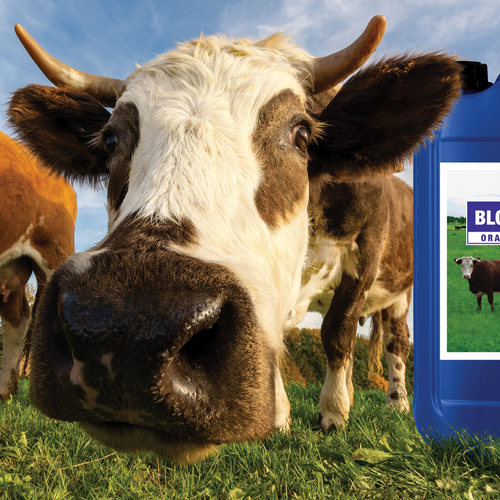A spur-of-the-moment decision to try a new weed control option in a paddock of Mace wheat last season has convinced northern WA wheatbelt grower Wade Parker that he has a new weapon to help reduce weed seed banks.
The Parkers farm at Marchagee and Gunyidi, where they grow wheat, canola, lupins and barley on sandplain through to heavy soils, including on leased country.
Mr Parker said reducing a significant weed seed bank of mainly annual ryegrass and wild radish was a constant focus. For grass weed control, typically they would apply a pre-emergence herbicide and follow up with a post-emergent grass selective treatment in their wheat, but last year they heard about Mateno Complete herbicide.
“We thought it would be a great option to get a better kill of the ryegrass as well as the radish,” Mr Parker said.
“In our standard program for radish, we would have applied Jaguar and MCPA LVE or Velocity with MCPA LVE.”
Bayer introduced Mateno Complete grass and broadleaf weed herbicide last season for pre-emergence application in wheat and barley as well as early post-emergence (EPE) application in wheat and has since been registered for EPE application in barley as well.
It contains a novel herbicide mode of action to the Australian industry, aclonifen (Group 32), in a unique and complementary co-formulation with pyroxasulfone (Group 15) and diflufenican (Group 12) herbicides.
Using their Rogator self-propelled sprayer with nozzles set at 25-centimetre intervals, the Mr Parkers applied Mateno Complete in the Mace wheat at 1 L/ha with 75 L/ha of water at the five- to six-leaf crop growth stage.
“The three herbicide modes of action create a better tool for the job. You can be knocking the radish and dealing with ryegrass that can be in the furrow to help bring down the weed (seed) bank,” Mr Parker said.
“The less ryegrass you have, the higher the yield and the less challenges you have next year trying to control that weed again.
“It did a really good job on the radish and the biggest benefit was giving the ryegrass a knock.
“With the fact that you can get radish as well as ryegrass in the one tank brew, it will be a very handy tool to have in the toolbox.
“It was quick and easy and there were no effects on the crop.”
An area of the paddock was later impacted by frost, but the remainder achieved a yield of around 3.5 tonnes per hectare.
Mr Parker said he was now planning to use Mateno Complete on some recently leased land that unexpectedly had an enormous weed seed bank.
“It was full of weeds and only averaged 1.8 t/ha when it should have gone 4 t/ha plus, so we have already lined-up the Mateno Complete for the coming season.
“The leased land has cost me a lot of money. Mateno (Complete) is also quite an investment, but compared to what I lost on the lease, it is cheap.”
Meanwhile, on their Gunyidi property last year, the Mr Parkers also hosted a large-scale demonstration trial of Mateno Complete applied EPE in barley, which followed a pre-emergent application of trifluralin.
“Once you have got barley up and growing, it’s hard to find a product that does a reasonable job on ryegrass,” Mr Parker said.
“With Mateno Complete, the major advantage is after seeding, once the crop is up, you can have a fair crack at the ryegrass.”
Mateno Complete was applied at 750 mL/ha with 80 L/ha of water in their Scope barley at about the five-leaf growth stage.
“It was easy to handle, the crop safety was spot-on, with no side-effects, and it had the benefit of controlling the ryegrass a bit more. The fact that it gets hold of the ryegrass post-emergence is a huge benefit,” Mr Parker said.
“Grasses came through in the remainder of the paddock, but it was clean where we had the trial.
“It’s good to know you are not feeding weeds with nitrogen, you are getting cleaner paddocks and, ideally, you are keeping the (weed seed) numbers down to as little as possible.
“We will 100 per cent be applying it in barley – it does a great job.”
Shannon Meyer – agronomist with Elders at Coorow, said annual ryegrass, wild radish, barley grass and brome grass were prevalent every year and, hence, needed to be targeted in every crop grown.
Particularly with ryegrass control in barley, limited available herbicide options made it difficult to achieve robust weed control in those crops.
She said applying Mateno Complete EPE offered the ability to control weeds across the entire seedbed, including in the furrow.
“Trials and demonstrations I have seen have shown better weed control compared with the current standards in our system and there have been no problems with handling in the field.
“With Mateno Complete applied EPE following a pre-emergent application of trifluralin, we are getting much better control of the ryegrass compared to other industry standards.”




